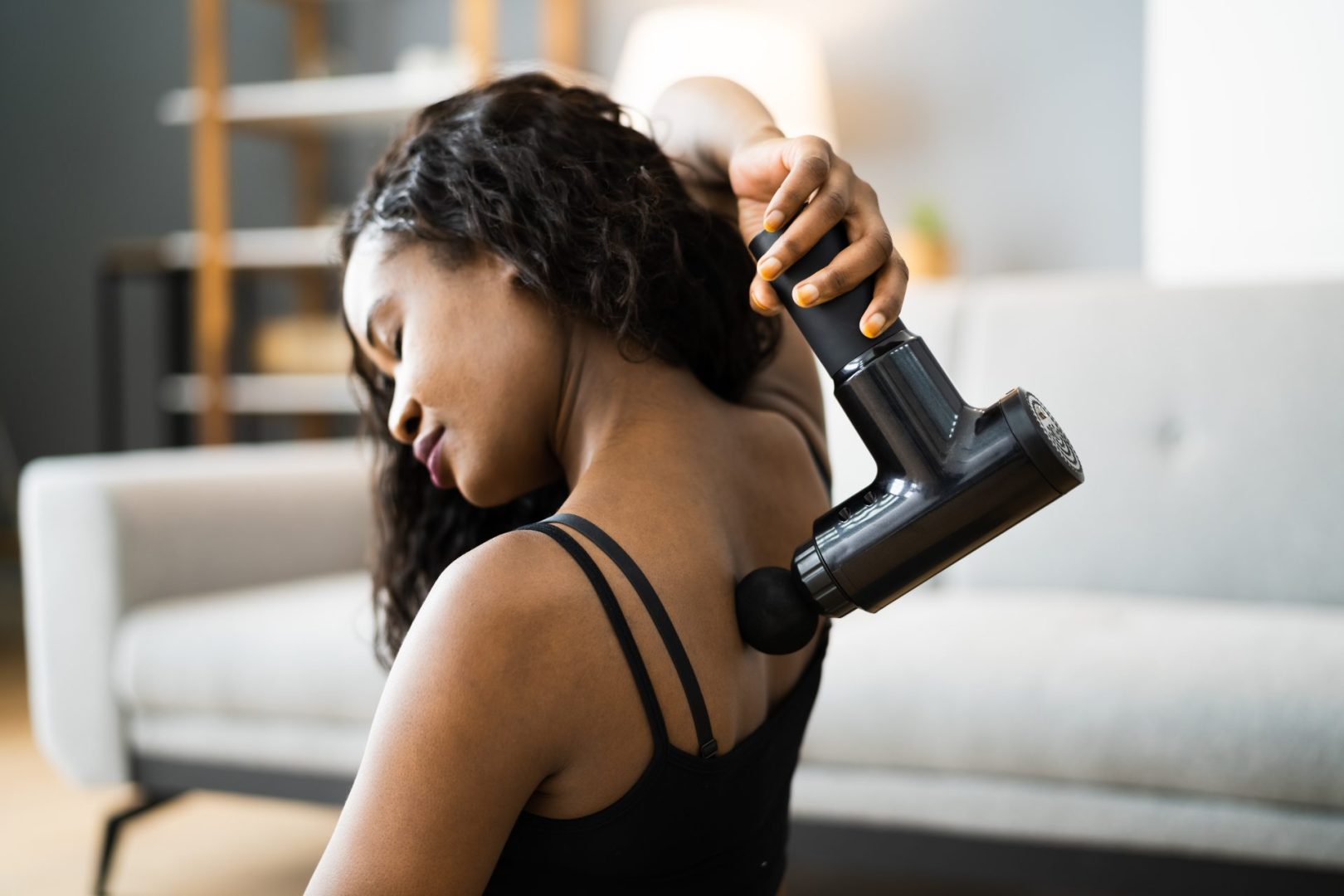Chronic pain used to be something that happened to your grandparents after decades of wear and tear on their bodies. Now it’s hitting people in their twenties and thirties with the same intensity and persistence that once required a lifetime of accumulated damage to develop. Young adults are walking around with the pain profiles of people twice their age, and nobody seems to be talking about why.
The statistics are staggering and getting worse every year. Young people who should be in their physical prime are instead dealing with daily pain that interferes with work, relationships, and basic life activities. What was once considered a natural part of aging has become a defining characteristic of youth in the modern world.
This isn’t just about young people complaining more or being less tough than previous generations. This is about fundamental changes in how we live, work, and move that are creating chronic pain conditions in bodies that shouldn’t be breaking down yet. The shift represents a public health crisis that’s reshaping what it means to be young in America.
Technology is destroying bodies from the inside out
The human body wasn’t designed to spend 12+ hours daily in the same seated position staring at screens, yet that’s become the default lifestyle for millions of young adults. This creates muscle imbalances, joint dysfunction, and nervous system stress that accumulates into chronic pain patterns over months and years rather than decades.
Forward head posture from constant phone and computer use creates a cascade of musculoskeletal problems that radiate throughout the entire body. When your head moves forward just two inches from its natural position, it effectively doubles the weight your neck muscles must support, creating chronic tension that spreads to shoulders, back, and beyond.
The repetitive strain injuries that used to affect factory workers after years of manual labor are now developing in college students who spend their days typing and scrolling. Carpal tunnel syndrome, tennis elbow, and similar conditions are appearing in people who’ve never worked a physically demanding job.
Sitting disease has created a generation with hip flexors that never fully extend, glutes that don’t activate properly, and spines that have lost their natural curves. These postural adaptations create compensation patterns throughout the body that eventually result in pain and dysfunction.
The sedentary lifestyle combined with constant screen use creates a perfect storm of physical stagnation that allows minor muscular imbalances to develop into major pain syndromes. Bodies that don’t move regularly lose their ability to move well, creating vulnerability to injury from even minor activities.
Mental health crisis is manifesting as physical pain
The unprecedented levels of anxiety, depression, and chronic stress affecting young adults create physiological changes that directly contribute to chronic pain development. Mental health struggles aren’t just psychological—they create real physical changes that make pain more likely and more severe.
Chronic stress elevates cortisol levels and creates systemic inflammation that affects pain processing throughout the body. When your nervous system is constantly activated by psychological stress, it becomes hypervigilant to physical sensations, making normal bodily sensations feel painful.
Sleep disruption from anxiety and depression interferes with the body’s natural pain-relief mechanisms and prevents proper tissue repair. Poor sleep quality makes existing pain worse while making the body more vulnerable to developing new pain conditions.
The social isolation that many young adults experience, especially after the pandemic, creates neurological changes that increase pain sensitivity. Loneliness and social disconnection literally rewire the brain in ways that make physical pain more intense and chronic.
Trauma from childhood experiences, social media bullying, or major life stresses creates lasting changes in how the nervous system processes pain signals. Unresolved trauma can manifest as chronic physical pain even when there’s no apparent physical cause.
The food system is creating inflammatory chaos
The standard American diet consumed by most young adults creates chronic inflammation that contributes to pain conditions throughout the body. Ultra-processed foods, sugar, and industrial seed oils trigger inflammatory responses that make tissues more sensitive to pain and slower to heal.
Energy drinks, excessive caffeine consumption, and irregular eating patterns create blood sugar instability that affects nervous system function and pain processing. The metabolic chaos from poor nutrition creates systemic stress that manifests as physical pain and fatigue.
Nutritional deficiencies from relying on processed foods rather than whole foods deprive the body of nutrients essential for proper muscle function, nerve health, and tissue repair. Magnesium, vitamin D, and omega-3 fatty acid deficiencies are particularly common and directly contribute to pain conditions.
Food sensitivities and gut health problems create systemic inflammation that can manifest as joint pain, headaches, and muscle aches. The damaged gut microbiomes common in young adults create immune system dysfunction that contributes to chronic pain conditions.
The combination of inflammatory foods and nutrient deficiencies creates a perfect environment for chronic pain development while interfering with the body’s natural healing processes. Young bodies are essentially being poisoned by the food system they grew up with.
Environmental toxins are overwhelming young immune systems
Growing up in environments with higher levels of air pollution, electromagnetic radiation, and chemical exposures creates toxic burdens that contribute to chronic inflammation and pain conditions. Young adults have been exposed to environmental toxins from birth that previous generations encountered later in life or not at all.
Mold exposure in modern buildings with poor ventilation and water damage creates chronic inflammatory responses that can manifest as widespread pain, fatigue, and neurological symptoms. Many young adults living in dorms, apartments, or shared housing are unknowingly exposed to mold toxins.
Chemical sensitivities from exposure to cleaning products, personal care items, and synthetic materials create pain responses to everyday environmental exposures. Multiple chemical sensitivity often develops during teenage years and contributes to chronic pain patterns that persist into adulthood.
Indoor air quality problems from synthetic materials, poor ventilation, and chemical off-gassing create chronic low-level toxic exposure that affects nervous system function and pain processing. Young adults spend most of their time indoors breathing contaminated air.
The cumulative effect of multiple environmental toxin exposures overwhelms detoxification systems and creates systemic inflammation that manifests as chronic pain. Bodies that should be resilient and adaptive become hypersensitive and reactive to normal environmental stimuli.
Social media is rewiring pain perception
The constant comparison and validation-seeking behavior encouraged by social media creates chronic psychological stress that directly affects pain processing. Young adults who grew up with social media have nervous systems that are chronically activated by social comparison and fear of rejection.
The dopamine dysregulation from social media addiction affects the same neurotransmitter pathways involved in pain processing. When your brain’s reward system is constantly hijacked by digital stimulation, it affects your ability to cope with physical discomfort naturally.
Sleep disruption from evening screen use and social media engagement interferes with natural circadian rhythms and prevents the deep sleep necessary for pain recovery and tissue repair. The blue light exposure and mental stimulation from social media use creates insomnia that worsens pain conditions.
The anxiety and depression that often result from social media use create hypersensitivity to physical sensations and make normal bodily functions feel painful. When your mental state is constantly agitated, your physical experience of pain becomes amplified.
The sedentary behavior that social media encourages compounds the physical problems created by technology use while adding psychological stress that makes pain conditions more likely and more severe.
Breaking the cycle before it’s too late
Understanding that chronic pain in young adults isn’t inevitable helps create hope that these conditions can be prevented and reversed through lifestyle changes. The same factors creating pain can be addressed through conscious modifications to daily habits and environments.
Movement practices that counteract the effects of sedentary lifestyles become essential for young adults, not optional. Regular exercise, stretching, and postural correction can prevent minor imbalances from developing into chronic pain conditions.
Stress management and mental health support are crucial components of pain prevention and treatment for young adults. Addressing anxiety, depression, and trauma through therapy, meditation, and social connection can significantly reduce physical pain symptoms.
Nutrition improvements that reduce inflammation and support tissue healing can have dramatic effects on chronic pain conditions. Eliminating processed foods and focusing on anti-inflammatory whole foods often provides relief within weeks.
Environmental modifications to reduce toxic exposures and improve air quality can help sensitive individuals reduce pain and inflammation. This might involve air purifiers, natural cleaning products, and mold remediation.
Creating boundaries around technology use and social media consumption helps reduce the psychological and physical stress that contributes to chronic pain development. Digital detoxes and screen time limits often provide both mental and physical relief.
Early intervention is crucial because chronic pain conditions become more difficult to reverse the longer they persist. Young adults experiencing persistent pain should seek comprehensive evaluation and treatment before compensation patterns become entrenched.
The goal isn’t to accept chronic pain as normal for young people but to recognize that the modern lifestyle creates pain conditions that can be addressed through systematic changes to how we live, work, eat, and move. Youth should be characterized by physical vitality and resilience, not chronic suffering that limits life potential.















